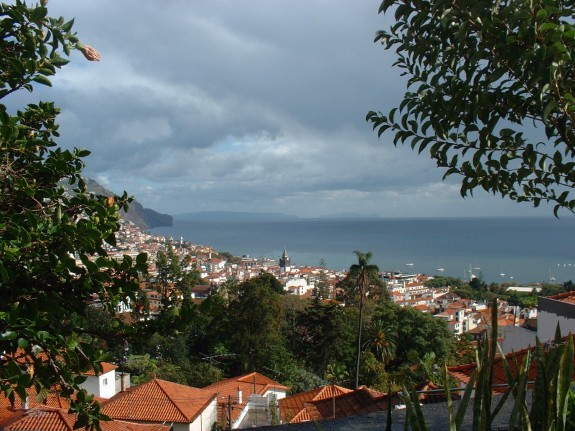

Madeira is affectionately known as the “pearl of the Atlantic”, but she is without doubt a black pearl. This volcanic island rises steeply out of the Atlantic to its highest peak, Pico Ruivo, at a staggering 1862 metres above sea level. The beaches are grainy black sand or pebbles, except in Calheta, where golden sand has been imported. But it is the fertile lava-enriched soil coupled with a mild Mediterranean climate that makes Madeira the beauty she is. Flowers bloom everywhere and in April, when the Flower Festival takes to the streets, the island capital Funchal is awash with colour.
Madeira is isolated from North Africa by 520 km and 400 km from its nearest neighbour Tenerife- that’s a long swim! Just 57 km from end to end and 22 km wide, it’s an easy island to explore, though many never venture beyond the capital. Year round the cruise ships dock in the deep harbour, and it’s a form of entertainment in itself just watching their comings and goings. Standing in the harbour you look up, and up again, following the line of the cable car as it winds its way up to Monte and the famed botanic gardens.
Originally conceived to transport people and goods across difficult terrain, today the cable cars are a highly efficient means of scaling the heights and providing tourists with awe inspiring views. They run daily (except Christmas Day) from Almirante Reis on the front in the old part of the city, between 9.30 and 17.45. The less adventurous can catch a bus just around the corner.
Don’t miss Monte Palace Gardens. I had heard only of the botanic gardens and was unprepared for the splendour of this former Consul’s home. Ponds, waterfalls and chinoiserie give drama to the grounds, while blue and white azulejo tiled panels remind you that this is a Portuguese island. Koi carps add a flash of colour and there is a museum with gems and sculptures by the northern entrance.
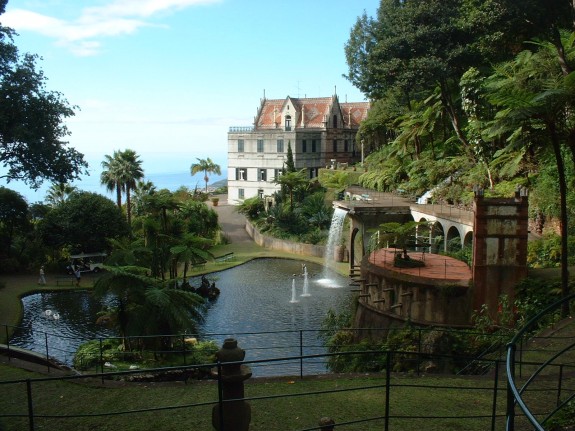

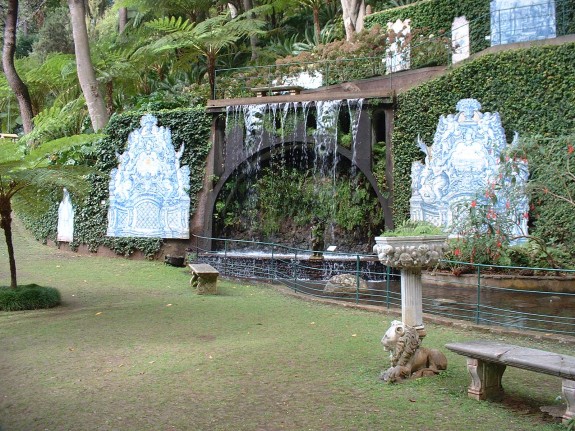

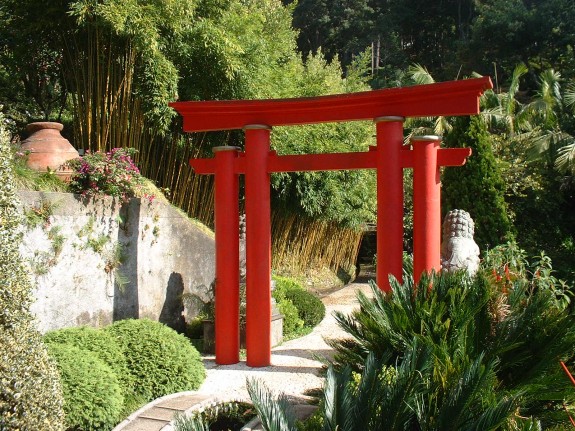

Of course you’ll want to see the Botanic Gardens, the views down over the city as dramatic as the tapestries of flowers. The highlight for many is the “toboggan” ride back down from Monte. You queue a litttle anxiously- will it be scarey? The “carreiros” chat in their ribboned hats, waiting for the next passengers. Don’t forget to smile for the camera shot on the way down! It’ll be over before you know it. And then you can wander back down through the streets of Funchal, admiring stately and picturesque buildings as you go.
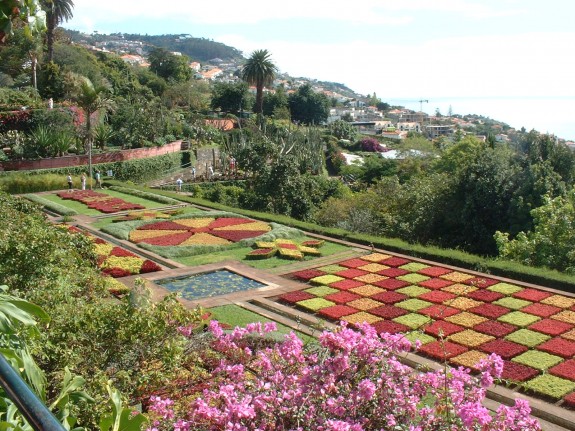

Avenida Arriaga is the main street for strolling, just back from the harbour and lined with glorious jacaranda trees. The Tourist Information office is here and you come naturally to the Cathedral and the winding streets leading upwards. Santa Clara Convento is remarkable for its azulejos or you may prefer the imposing Jesuit Igreja do Collegio, on the main square, with its gilded altarpieces dating from 1647. The old town is full of character and the smell of sizzling espetadas (meat or fish grilled on skewers) drifts from the many restaurants. Plaintive Fado, traditional Portuguese music, can sometimes be heard.
You have several choices when it comes to sampling madeiran wine. The Adegas de Sao Francisco is a museum dedicated to the 4 types of madeira- Sercial, Verdelho, Bual and Malvasia, in a former convent complex. You may fancy a tour of the famous Old Blandy Wine Lodge, just off Avenida Arriaga. Or you could take the Funchal winewalk, a self guided walk through the history of wine making on the island. It takes 90 minutes of walking, plus stops for tasting, buying, etc. It has the added advantage of starting from the Mercado dos Lavradores, the colourful covered market full of sights and smells.
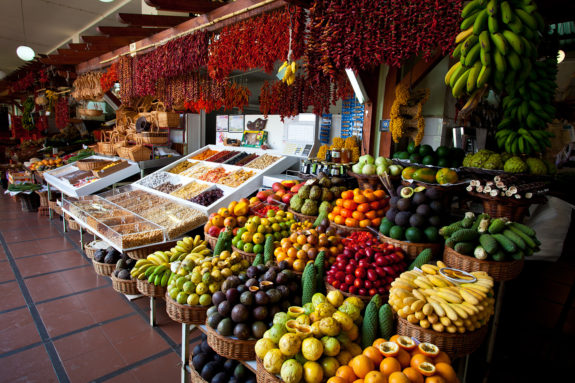

While you’ve got your walking shoes on, it’s a good time to mention that Funchal has some of the best easy walking on the island. You will probably be staying out in the hotel district, possibly in the Regency Cliff or Monumental Lido hotel. A promenade runs the full length of the front from the Lido complex and it’s a lovely stroll into the town, with glorious views out to sea, and places to sit and simply admire. Keener walkers might want to walk in the other direction, out of town on the Praia Formosa coastal walk.
Of course, many people come to Madeira purely to walk the levadas- the unique network of walks which started life as a means of irrigating this steep and difficult to cultivate island. A levada is a mini-canal with a footpath alongside (pretty narrow in places) and the walks take you through some of Madeiras most spectacular scenery. They are graded according to level of difficulty so almost anyone with a love of the outdoors could undertake one.
I wouldn’t really suggest that anybody drive around the island. The roads are a challenge best left to the coach drivers who spend their lives negotiating them. For pure value for money I can recommend Strawberry Worlds, whose office is located next door to Monumental Lido. I have taken both their East and West of the Island tours and had a thoroughly enjoyable day out both times, even though I was “lucky” enough to encounter snow on the peaks. I will never forget the sight of Porto Moniz and the sheer drops to the sea along the north coast of the island. Nor the triangular thatched houses at Santana and the wild and beautiful rock formations at Ponta de Sao Lourenco.
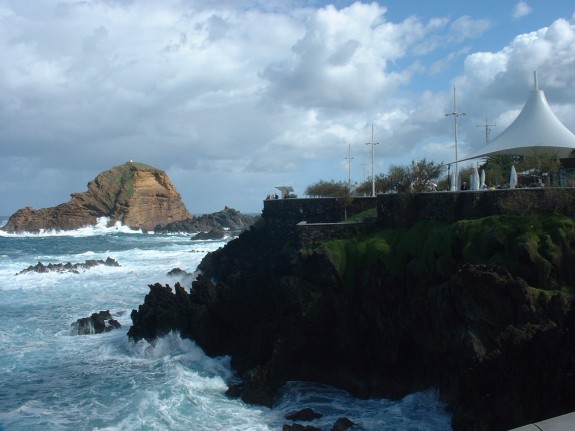

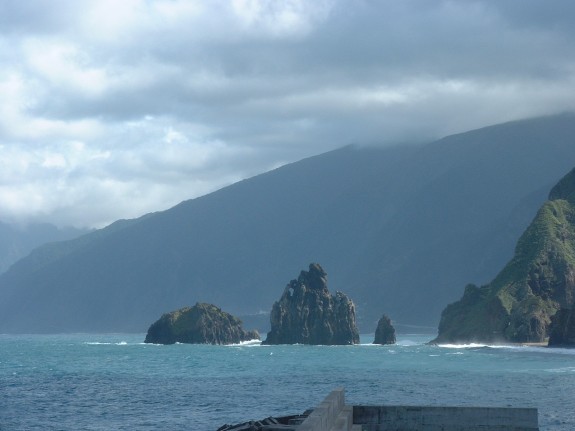

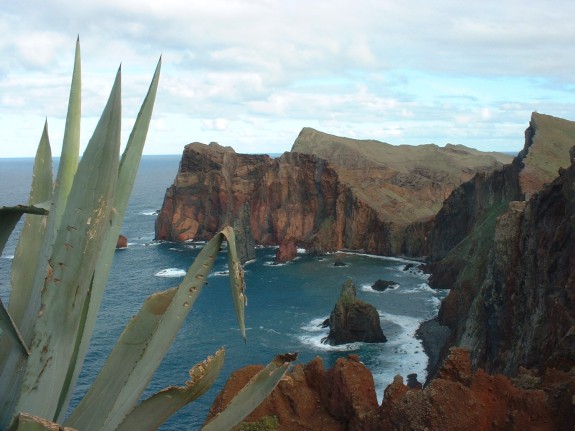

I have to say that Madeira is a very cultured pearl indeed, and that I would love to go back someday- maybe for the spectacular New Years Eve firework display that sees in the New Year in style. The northern end of the Canary Island of Tenerife is similar in certain respects. You might like to take a look http://www.travelwkly.com/2011/12/top-spots-to-see-in-tenerife/

2 Replies to “Madeira, pearl of the Atlantic”
Comments are closed.